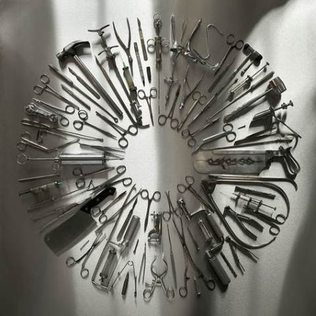
Surgical or stainless steel in not made nor safe to be worn inside the body!
First of all, non of these metals is hypoallergenic, meaning both metals contain traces of nickel, copper, led and chromium.
What is the difference between the two?

Stainless steel is mostly used for tools and surfaces in the culinary sector. Such as pots, pans, knives etc..
Due to a high percentage of chromium this metal has a high corrosion resistance. Yet it still gets easily scratched and it's very difficult to get a smooth polish on these metals.
Surgical steel is a variant of stainless steel but made for biomedical use in tools and appliances. So not for implants as some piercers might say. Almost all clamps, needles etc.. are made from this type of steel.
This steel variant has the highest corrosion resistance, so safe for long term use in medical tools but is still not able to be finished in such a way, nor does it have the correct alloys to be worn in the body for a healing wound.
Most of our tools in the piercing industry or made from one of these metals. For jewelry we will always choose a hypoallergenic metal such as implant grade titanium, 14 kt gold or higher.
Below picture shows the difference between implant grade titanium (left) and stainless steel (right)

Photo credit: Lynn Loheide
There is also this thing called implant grade steel, it's a whole lot more expensive than surgical or stainless steel and is made explicitly to be worn inside the body for long periods of time.
One of the differences between implant grade titanium is that implant grade steel is heavier, this can be a preference for some people for larger gauge jewelry or intimate piercings.
Other unsafe materials for a healing wound or long term use:
Silver or sterling silver jewelry: you can wear this metal in you body when your piercing has healed and if you do not have any metal sensitivities.
Silver is a metal that oxidizes when it comes in contact with fluids amongst other elements. A healing wound makes a lot of wound fluids and the silver oxidation can cause infections or even silver tattoos below the skin surface leaving black spots on the skin.
Acrylic jewelry: this type of plastic can't be sterilized as our autoclaves go up to 134°C and the jewelry would melt when we attempt to sterilize it.
It also releases carcinogenic toxins above 20°C, so worn in our body that has a much higher temperature that that would mean that acrylic jewelry releases toxins all the time, the jewelry will start to degrade over time making it porous and heaven for bacteria to attach.
PVD coated jewelry: It is impossible to know for sure what metal the supplier used underneath, usually they will tell us piercers that it's titanium, but we have no way in knowing this for certain. Leaving the risk that when the PVD cracks, which it will eventually, that the mystery metal underneath will come in contact with your skin causing possible irritations or even infections if the splinter from the PVD gets stuck inside your healing wound.

All our piercing jewelry at La p'tite Rebelle is either implant grade or solid 14kt gold or higher. All our implant grade titanium has Mill Certificates (that aren't fake as a lot of European and Asian companies like to do to boost sales) and all our gold has test certificates.
With these certificates we know the exact composition of our metals and know what we are selling you is safe for fresh piercings, but is also safe to be worn for years inside the body.
Check the webshop for more.
Book an appointment and let's upgrade your piercings.
